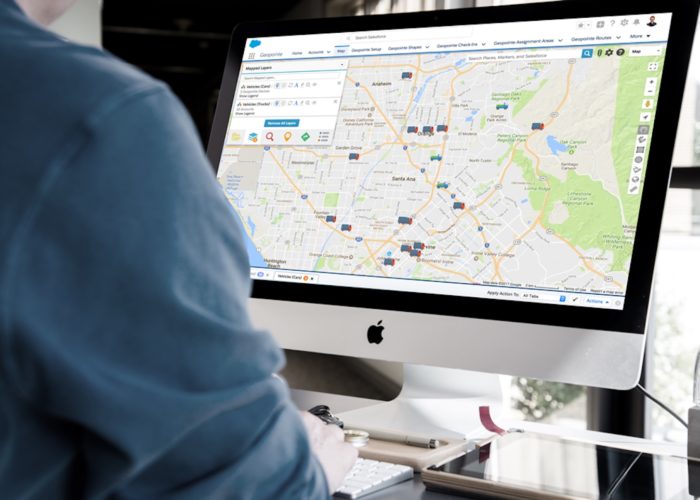Geopointe’s resident experts take a look ahead at the geoanalytics space
Note: Now that we’re more than halfway into the year, take a look at our review of how accurate our predictions have been, here.
In keeping with our efforts to help you prepare for 2021 as this year comes to a close, we’ve been reflecting on some of the changes we’ve seen throughout the year. Even with the uncertainty and instability of 2020, there were some consistent trends that emerged which we expect to see continue into 2021 and beyond.
We sat down with some of our resident experts in the data visualization and territory management space who have been on the front lines with customers and prospects. After discussing the changes we’ve all seen in the market over the past year at length, we’ve compiled a list of trends we think will emerge – or continue – in 2021.
1. Increased urgency to be productive and “follow the data”
Many businesses will feel a sense of urgency to make up for all of the lost time and productivity of 2020 in the new year. There will likely be increased pressure for sales reps to get back on track, so everyone will be trying to do more in less time. No more throwing things at the wall and hoping they stick – 2021 is likely to bring a spotlight on efficiency, and targeting the right accounts will be key.
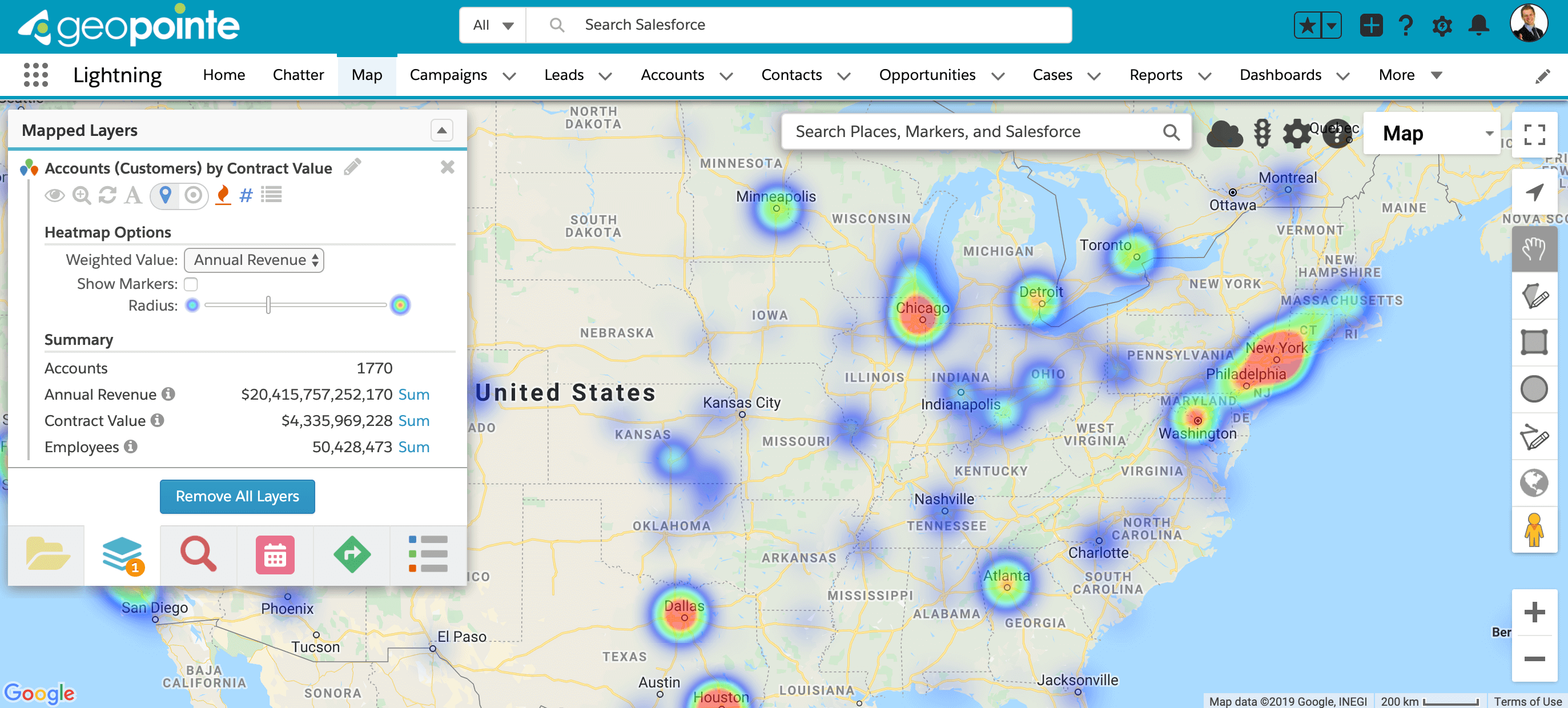
For example, if CRM data shows that your highest value accounts are in Chicago, the East Coast and Texas, you may want to prioritize that area rather than areas like Charlotte and Nashville where you’re seeing little or no action. The more advanced filtering you can do with that data, the better your prioritization. Therefore, it’ll be important for sales reps to have an instant understanding of what the data is telling them – which leads us to our next prediction.
2. How users consume analytics & CRM data will change
One of the most fundamental changes we expect to see is related to the way users interpret or ‘consume’ CRM data. In the future, visualization will be the most common way users interpret data, rather than table-based reports & spreadsheets which are hard to maintain and lack visual context.
With more visual solutions like Geopointe, you can gain instant understanding of large amounts of data that would otherwise take hours to analyze in a standard spreadsheet. Most standard reporting requires you to dig for the information you need, which takes a lot of clicks. To succeed in the future, your data has to be front & center, and the most relevant data needs to be easily accessible to end users. Data visualization tools like Geopointe’s map layers help bring to the surface the insights and answers you need instantly.
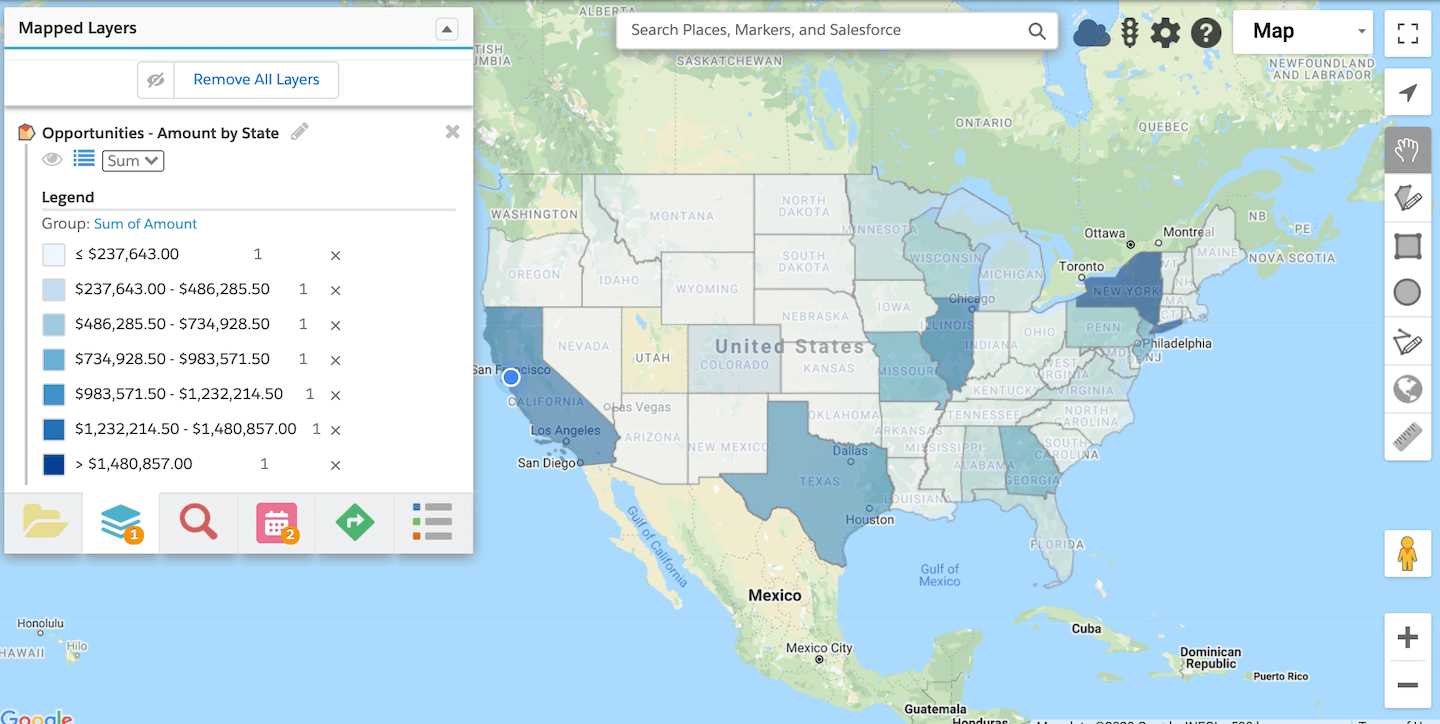
One of our experts had this to say on the subject: “Solutions need to be designed to help us act upon the insights derived from our data. If you want to do things a better way, try visualization.”
3. Rejection of ZIP Code-based processes for territory management
Here’s another trend we expect to see continue in 2021. Sales operations teams are increasingly finding that relying on ZIP Codes to manage sales territories is unreliable. Earlier this year, SAP asserted, “it’s apparent that ZIP Codes are somewhat arbitrary and the geographic disbursement of businesses that fall within these areas can vary widely.”
Visual territory management using shapes will soon replace the outdated processes of ZIP Code-based spreadsheets, which are hard to maintain and lack visual context. This shift reveals a sort of “3rd generation” in territory management. If literally putting pins on a paper map or physically drawing boundary lines is the “first generation” of sales territory management, and the 2nd generation is the ZIP Code based spreadsheet, then we think it’s fair to call what we’re seeing the next generation of territory management.
We’ll see a bigger shift from ZIP Code, table- or spreadsheet-like processes to more visual forms of data analysis. Especially for territory management; Based on our experience, a mapping solution becomes the quickest, the easiest, the fairest & fastest way to maintain a territory’s model.
4. Early focus on territory building & realignment
It may be pointing out the obvious, but with the staffing cutbacks many businesses had to make this year, a lot of sales territories have been shaken up. Rectifying this disruption is a multi-step process.
There’s the initial business decision about total headcount, and then you have to figure out “how am I going to allocate that headcount?” Deciding where to consolidate may not be so bad, but then there is the next step in that process, which is an important one. Now, your plan needs to be enacted.
You now have to get all of the records associated with the territories you’re consolidating reassigned, ensuring that all the accounts and opportunities are assigned to the right user in your CRM. This process can become extremely difficult and time consuming if you don’t have a solution that helps you manage that process like Geopointe’s Shape Editor.
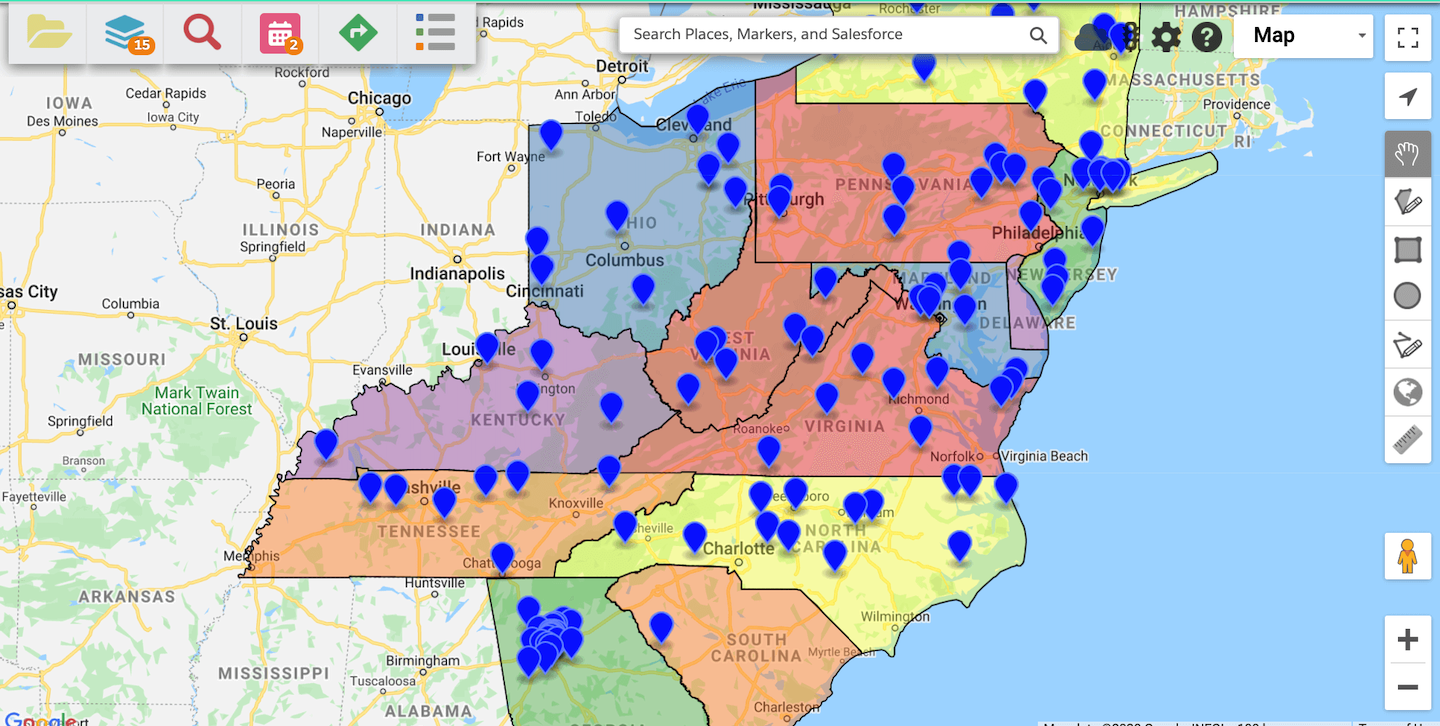
For an even more seamless experience, try our Automated Assignment feature that automates the movement of that data to make sure that leads, accounts, opportunities, etc. are all in the right person or territory’s name and assigned correctly in Salesforce.
5. Non-travelers will see the benefit of mapping solutions like Geopointe
You might think that location-based data visualization is only useful for field sales reps who are traveling from place to place, but you’d be wrong. In fact, there are so many use cases we wrote a whole blog about it.
At the beginning of the pandemic when travel was halted, we saw that customers were quick to adapt the tools they already had at their disposal, wanting to maximize their value by using them to their fullest potential. We won’t list all the use cases here, but we’ll just say our Calendar-Based Scheduling feature was a big favorite.
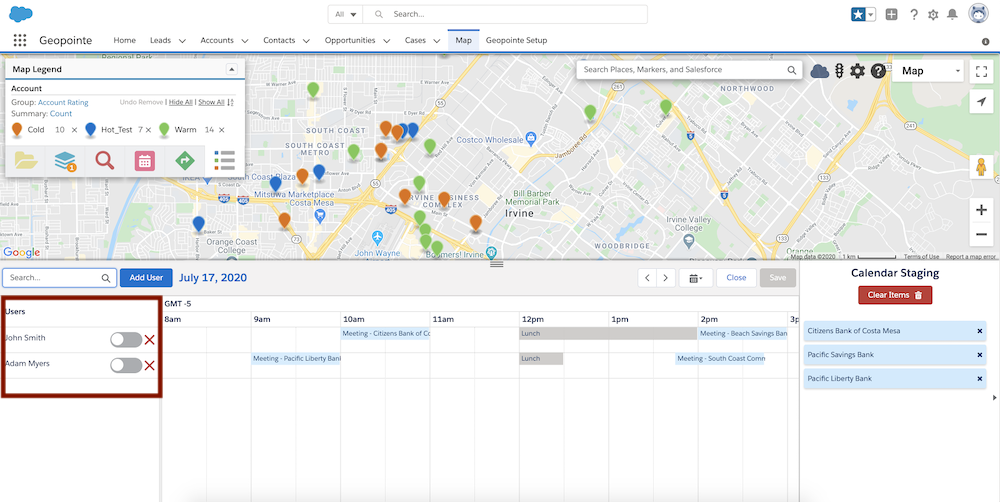
Now that users have seen the powerful applications for solutions like Geopointe when travel is nonexistent, there will be no going back.
Looking toward the future
We believe that the organizations who adopt these changes, or continue to pursue them, will be the ones who are successful in 2021 and well beyond. Like all things, none of these predictions are certain, so we look forward to reviewing them at the close of next year to see what predictions became reality throughout 2021. One thing that is guaranteed, though, is that we will see change and we’ll all have to adapt – why not get a head start now?


